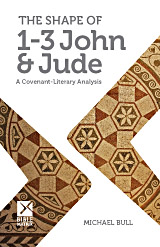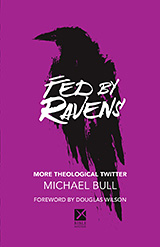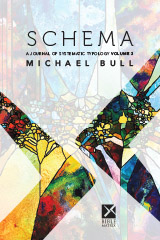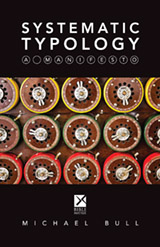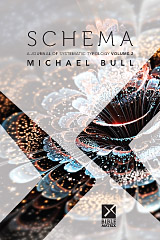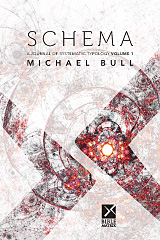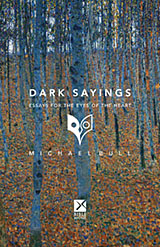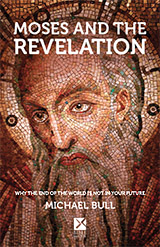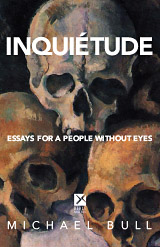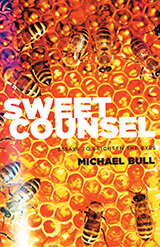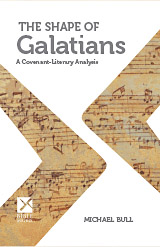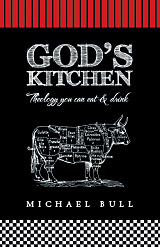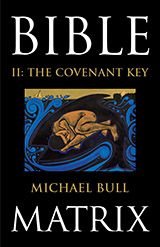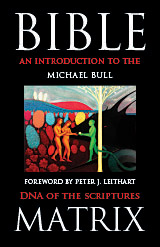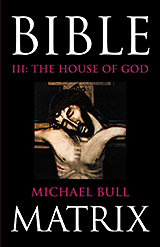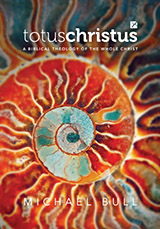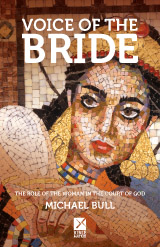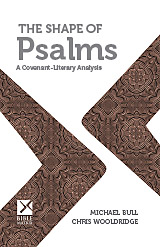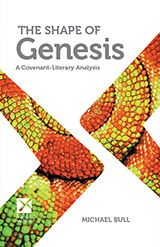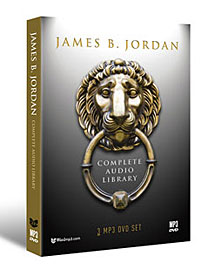Apr
10
2009
Background
In 587 BC, the Jews saw the city of Jerusalem fall to the Babylonians and the Temple, built by Solomon nearly 400 years before, destroyed. The experience of this devastating judgment was made all the more bitter because the Edomites, their brothers and next-door neighbours, not only did not come to the aid of the Jews but, far worse, rejoiced in their humiliation, mocked their pain, looted their goods, and handed over their survivors to the Babylonians. The book of Obadiah is a prophecy, probably given shortly after the fall of Jerusalem, which tells of the judgment of Edom and the restoration of God’s people…
Interpretation
The book of Obadiah does not mention the sins of Judah or the destruction of the Temple – it is emphatically not a “sanctuary” book about the relationship with the Father. Similarly, no mention is made of the Babylonians or of what to do in exile – Obadiah is not a “world” book about the relationship with the outsider. Rather, the book of Obadiah is all about the Edomites – about their pride and self-reliance and malice. This is a “land” book about relationship with the “brother”. But who is this “brother” (see vv.10, 12)? The whole book is spoken to or about Edom. But who is Edom?
Continue reading
Comments Off | tags: Church History, David Field, Esau, Obadiah | posted in Biblical Theology
Apr
10
2009
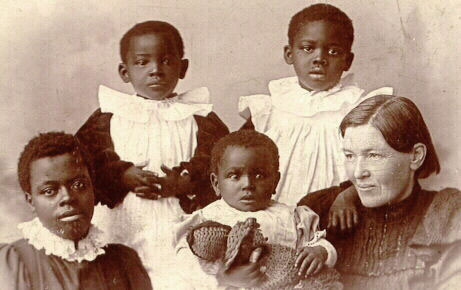
As a mill girl, she never felt quite at ease with the social niceties and ample lifestyle of the several missionary families comfortably stationed at Duke Town. (And no doubt they had reservations about her—a twenty-nine-year-old woman who admittedly had climbed every tree worth climbing between Duke Town and Old Town.)
“Sending a single woman to the Okoyongs was considered by many to be an exercise in insanity, but Mary was determined to go and would not be dissuaded. After visiting the area a number of times with other missionaries, Mary was convinced that pioneer work was best accomplished by women, who, she believed, were less threatening to unreached tribes than men. So in August of 1888, with the assistance of her friend, King Eyo, of Old Town, she was on her way north.
For the next quarter of a century and more, Mary would continue to pioneer missions in areas in which no white man had been able to survive.
For fifteen years (minus two furloughs) she stayed with the Okoyongs, teaching them and nursing them and arbitrating their disputes. Her reputation as a peacemaker spread to outlying districts, and soon she was acting as a judge for the whole region. In 1892 she became the first vice-consul to Okoyong, a government position she held for many years. In that capacity she acted as a judge and presided over court cases involving disputes over land, debts, family matters, and the like. Her methods were unconventional by British standards (often refusing to act solely on the evidence before her if she personally was aware of other factors), but they were well suited to African society.
Although Mary was highly respected as a judge and had influenced the gradual decline in witchcraft and superstition, she saw little progress in bringing Christianity to the Okoyongs. She considered herself a pioneer and she viewed her work as preparatory and was not unduly anxious that she could not send glowing reports back home of hosts of converts and thriving churches. She organised schools, taught practical skills, and established trade routes, all in preparation for missionaries (ordained men being her preference) to follow.”
Read the full article in PDF here.
Comments Off | tags: Biography, Church History, Mission | posted in Christian Life
Apr
10
2009
The Old Testament surely has a measure of built-in obsolescence. But it is the obsolescence of childhood. The New Testament, the Covenant of the Man, cannot be truly understood without a detailed knowledge of the Old. A friend posted this quote from Rudolph Bultmann: “who went on to cast a large shadow of influence over 20th century theology. Bultmann argues that the whole Old Testament narrative is of no importance to the Christian faith.”
Continue reading
1 comment | tags: Biblical worldview, Bultmann, Church History, Gnosticism, Hermeneutics, Peter Leithart, Philosophy, Typology | posted in Biblical Theology
Apr
10
2009
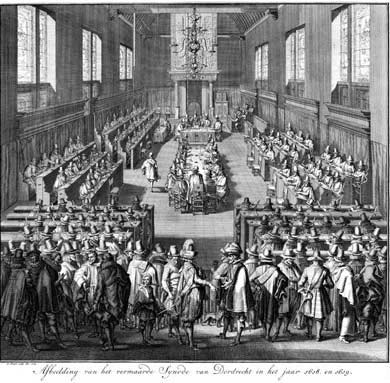 The Synod of Dort
The Synod of Dort
If you’ve ever been to a Synod, you’ll quickly find out that “truth” is determined by numbers.
So remarked a Catholic contributor on a Protestant forum recently. Is this a fair criticism of Protestant disunity? How should we Protestants reply? Thanks to James Jordan’s teaching, I think I can offer an answer.
Continue reading
Comments Off | tags: Church History, Communion, Mass, Priesthood, Protestantism, Roman Catholicism, Synod | posted in Biblical Theology
Apr
10
2009
“The Psalms are not full of citations from the Torah. The Prophets are not full of quotations from the Torah and the Psalms. But the New Testament is filled with quotations and paraphrases of the earlier Scriptures. What does this mean?
It means that the renewal of civilisation comes only when we become totally saturated with the written Word of God. This is always true, of course, generation after generation. But it is particularly true at times of crisis, when the wineskin breaks in a dramatic way. Jesus ushered in His New History by calling on men to become radically and totally steeped in the Bible. This is the fountainhead of the whole cycle of civilisation. It all flows from the Grand Imperative of God’s Word. God’s Imperative produces history, and recharges it at every crisis.”
– James B. Jordan, Crisis, Opportunity and the Christian Future.
Booklet available from www.biblicalhorizons.com
Comments Off | tags: Biblical worldview, Church History, James Jordan | posted in Quotes
Apr
10
2009
Regarding churches claiming apostolic authority, particularly the Catholic/Protestant divide, something that is overlooked is that worship was centralised on earth but this ended in AD70. It was possible for Satan to roll the political power of Rome into bed with the religious authority of Judaism, and bring both systems down upon all true worship as persecution.
Since that time, the centre of true worship is in heaven. It is now impossible for Satan to corrupt or attack its centre because the new Jerusalem is above. We see this in Revelation 2-3. Not only is the menora now split into seven separate lampstands, the lampstands are in the holy place, seated with Christ.
So, when the Roman church became corrupt, God’s people came out. When protestantism becomes corrupt, God’s people come out. As Christianity declines in the west, it is booming in the southern hemisphere. Satan is bound from mounting an all-out worldwide attack on the church until he is released for a short time, and then only so he can be drawn out of Egypt like Pharaoh to be destroyed.
There is an institutional church, but in her visible form she is only ever local assemblies. The ‘city of God’ is in heaven, incorruptible, unassailable. If her earthly ‘branches’ leave the vine, they wither up. When they have only darkness to share, Jesus snuffs them out. They are no longer ‘the church’ regardless of whether the physical institutions remain.
Magisterially, the church governs from heaven. The new Jerusalem will descend at the end of history, but any attempt at a centralised, earthly city of God before then is doomed to failure, Roman Catholic or otherwise.
Comments Off | tags: AD70, Church History, Ecclesiology, Eschatology, Roman Catholicism | posted in Ethics
Apr
8
2009
Claims of apostolic succession by themselves, then, are not only meaningless, they can easily become idolatrous, substituting temporal continuity for the discontinuous new-creating work of the Spirit. According to the Creed, only the Spirit is the “Lord and Giver of life.”
Thus, we should not be surprised when it turns out to be relatively new churches that are the true heirs of the wealth of the past. It is what we should expect, when we realize that our God “makes all things new.”
James B. Jordan, The Sociology of the Church, p. 132.
Download PDF here.
Institutionally, the Roman church is a memorial to the dividing, life-preserving judgment of God. It is an empty cicada shell, now gold-plated by men to cover the word Ichabod engraved on its forehead. And all churches are subject to such assessment.
Comments Off | tags: Church History, James Jordan | posted in Quotes



